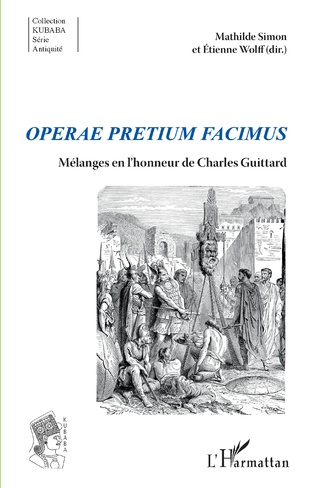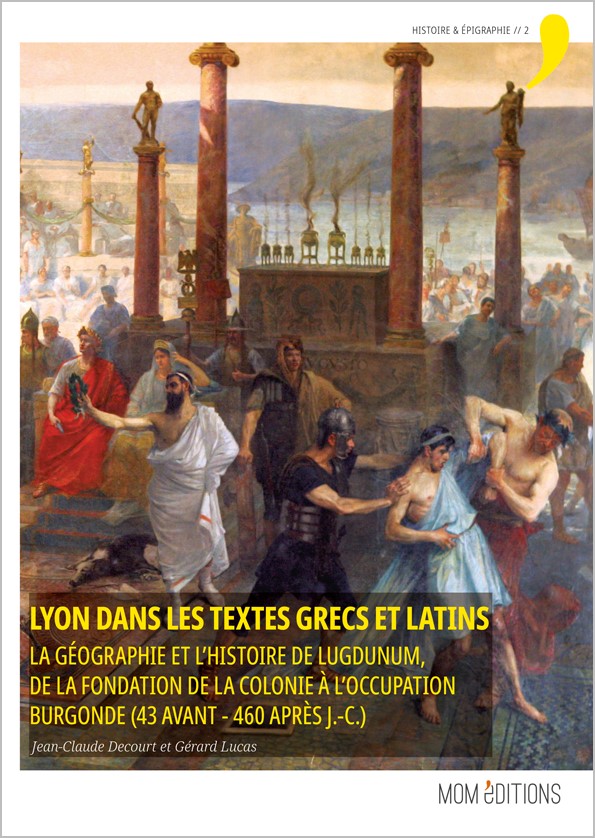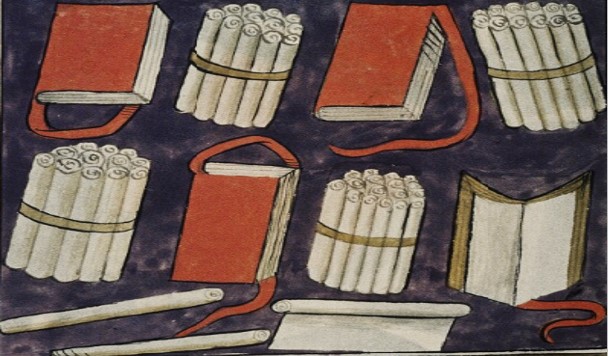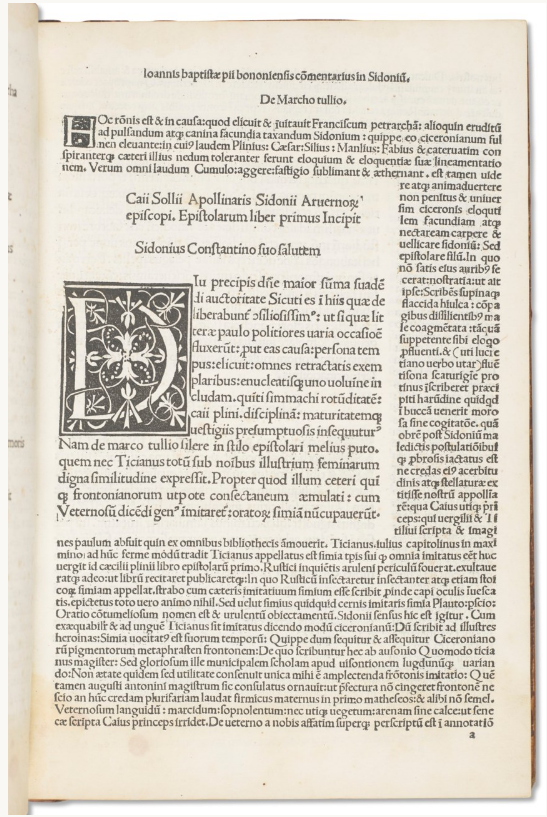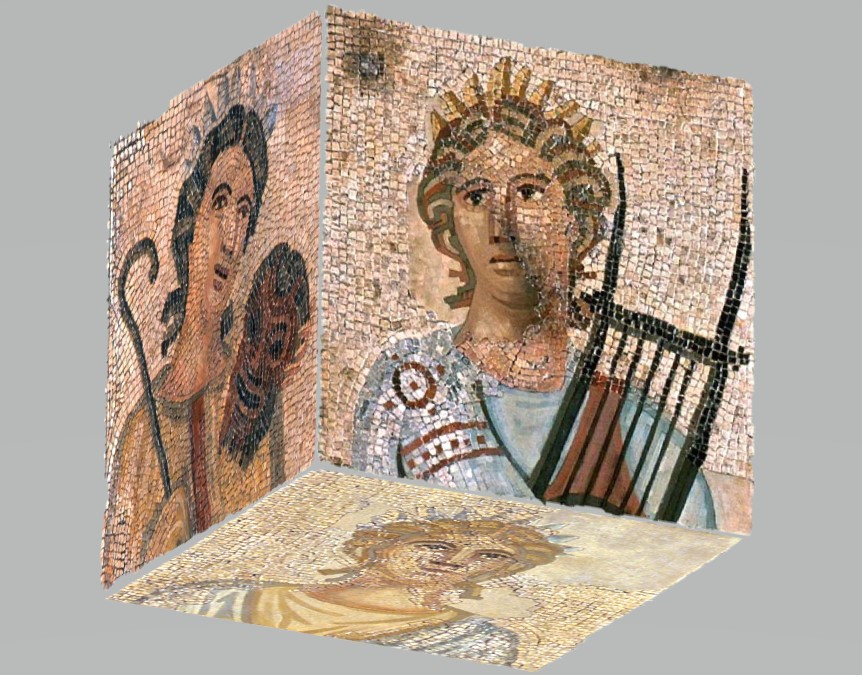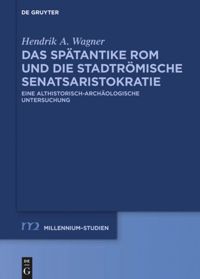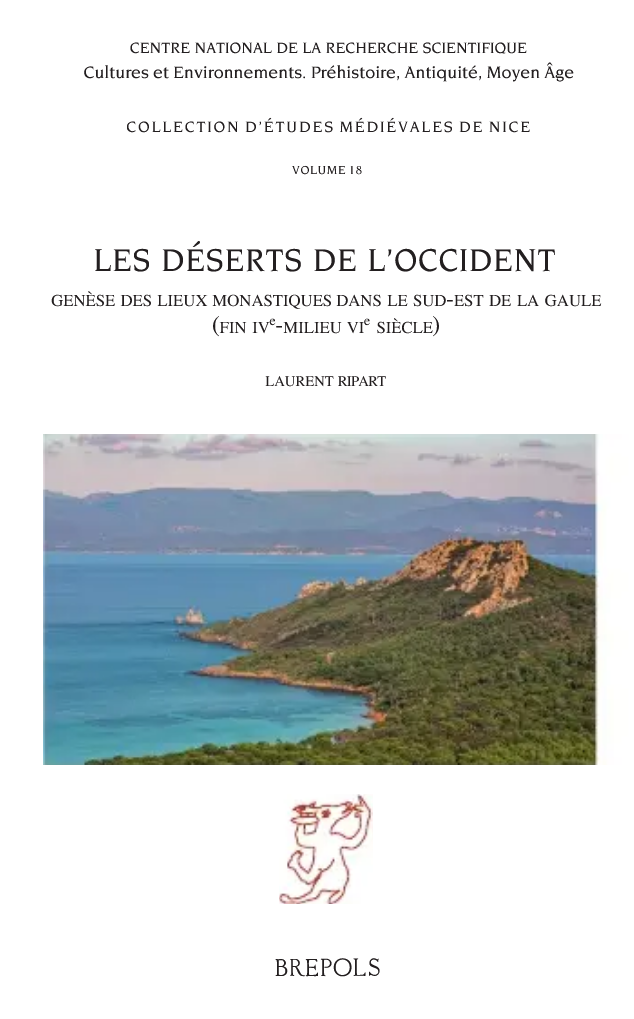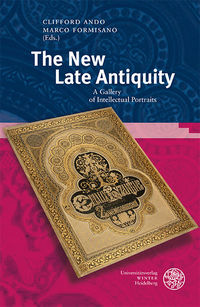Lector, quas patieris hic salebras!
The Stumbling Texts (and Stumbling Readers) of Late Latin Poetry
Basel, 30th Sept. – 2nd Oct. 2021,
organised by Ann-Kathrin Stähle, Markus Kersten, Christian Guerra, Henriette Harich-Schwarzbauer
Further information can be found here: https://latinistik.philhist.unibas.ch/de/aktuelles/veranstaltungen/details/lector/
Those interested in participating (online) are asked to contact alex.giannotta@unibas.ch
PROGRAMME:
Christiane Reitz (Rostock/Berlin): Reading – what and why? Some reflections on progress, deterioration and evaluation of ancient literature
Claudia Schindler (Hamburg): Quoting quotations: Multi-layer intertextuality in late antique poetry
Aaron Pelttari (Edinburgh): Chapters, Headings, and Tables of Contents in Later Latin Literature
Luciana Furbetta (Trieste): Legere and/or tegere? Reflections on a ‘key question’ for the Late Antique Author and his Readers
Joshua Hartmann (Brunswick, ME): Memory and the Purpose of Poetry in Late Antique Paratexts
Andreas Abele (Tübingen): Elaboratam soloci filo accipe cantilenam. The ‘Preface’ of Symmachus’ Letter Collection
Annick Stoehr-Monjou (Clermont): How to conclude? A poetics of contrast and paradox in Sid. Epist. IX,13-16
Scott McGill (Houston, TX): Revising Rewriting: Eudocia, the Cento, and Distributed Authorship
Jesús Hernández Lobato (Salamanca): Adstipulatio veri: Language and Reality in Ennodius of Pavia
Etienne Wolff (Paris): Le discours d’Ausone sur son œuvre
Florence Garambois-Vasquez (St. Etienne): Les lettres préfacielles d’Ausone, paratexte paradigme ou paratexte parasite?
Brian P. Sowers (Brooklyn, NY): Everyone’s a Critic: Ausonius on His Coterie and Its Etiquette
Claire Pryor (Sydney): Intertextuality, metapoetics, and the development of an “ascetic sublime” in Paulinus of Nola’s Letters to Ausonius and Amandus
Christopher Poms (Graz): Quas rudi latinitate compositas elegis sum explicare conatus: The disparaging assessments, topical modesty, and ‘awkward’ intertextuality in Avianus
Adrien Bresson (Lyon): Claudian’s Carmina minora: a collection of short pieces by a stumbling poet?
Raphael Schwitter (Bonn): The politics of rusticitas in late antique hagiography
Enno Friedrich (Graz/Erfurt): Venantius Fortunatus’s vecors otium in his letter to Bishop Syagrius
Elena Castelnuovo (Milano): De modicis minimus: Venantius Fortunatus and the value of his Life of Saint Martin

